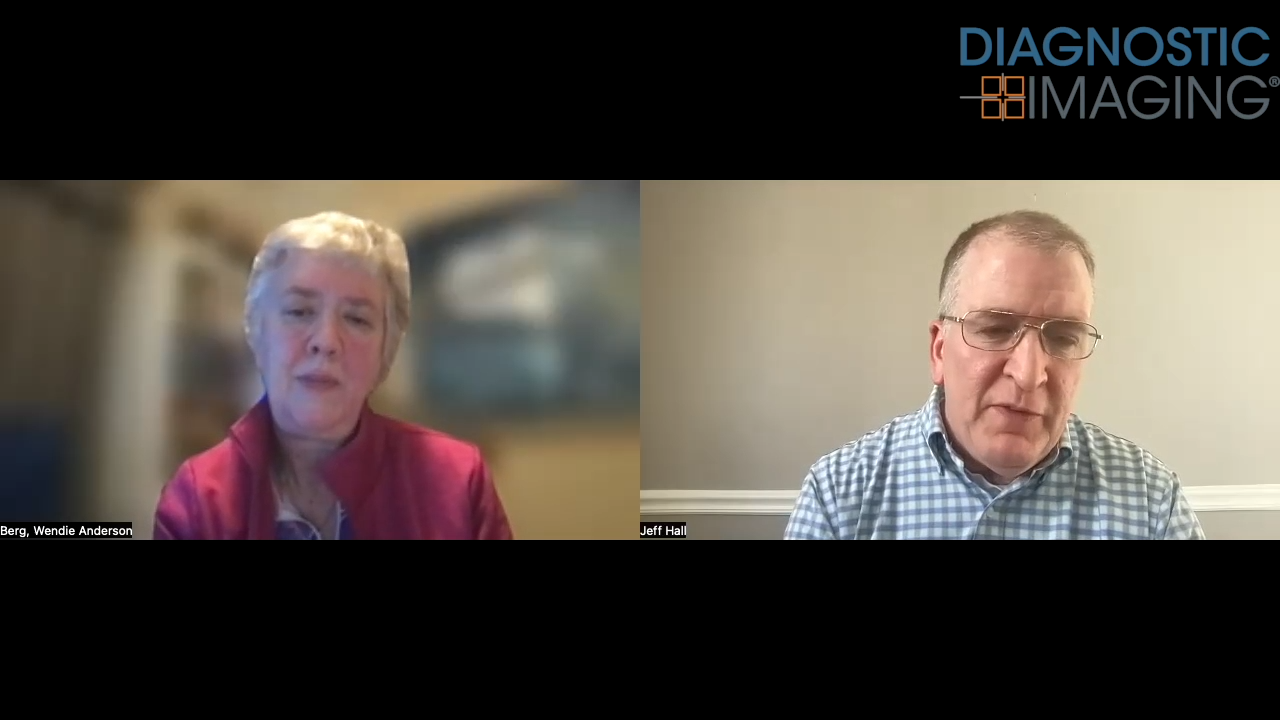Women who skip regular mammograms run greater risk of dying from breast cancer
A long-term study of breast imaging in Massachusetts has confirmed what mammographers have argued for years: older adult women who do not receive regular screening mammography are far more likely to die of breast cancer than women who routinely undergo the procedure.
A long-term study of breast imaging in Massachusetts has confirmed what mammographers have argued for years: older adult women who do not receive regular screening mammography are far more likely to die of breast cancer than women who routinely undergo the procedure.
The findings were drawn from the experience of 6997 Massachusetts women who did, or did not, participate in regular screening and were diagnosed with invasive breast cancer between 1990 and 1999. The women also had to have follow-up data in their records through 2007 in order be included in the current study, according to lead author Dr. Blake Cady, professor of surgery emeritus at Harvard and Brown University in Providence, RI.
After a median of 12.5 years of follow-up, Cady and colleagues confirmed 461 deaths from breast cancer in the study population. Of those deaths, 15.6% resulted from nonpalpable, screen-detected cancers while 9.6% resulted from palpable, interval cancers. For regularly screened women, the total number of deaths was 116 or 25.2%.
The remaining 345 breast cancer deaths were among women who were not screened. Nearly two-thirds (60.9%) of the deaths occurred among women who had never undergone screening while 5% occurred in women who had at least one previous mammogram, but not within two years of diagnosis.
The researchers then extrapolated their data to more than 192,000 women in the U.S. who are estimated to be diagnosed with breast cancer in 2009. They determined that less than 5% of women who were regularly screened with mammography would be expected to die within 13 years compared with 56% of women who were not regularly screened. Cady pointed out that the 56% is similar to the rate of deaths from breast cancer in 1970, before the widespread use of mammographic screening.
“We know that the prospective randomized trials of mammography screening hypothesize that if women are offered screening, [screening will] reduce mortality. And indeed, that reduction in mortality ranges from 25% to 40%,” Cady said. “But in population-based studies, not everyone agrees to their assignment. In other words, women assigned to the experimental group may not get mammograms while women assigned to the control group may still get them. We wondered if the examination of women in this country who actually die of breast cancer might help illustrate the practical effect of mammography screening.”
The findings underscore the dangers of forgoing screening mammography for older adult women, noted Dr. Lori J. Pierce, a professor of radiation oncology at the University of Michigan in Ann Arbor.
“We have randomized trials that have shown us mammographic screening saves lives,” she said. “Dr. Cady’s study is extremely important because...the results clearly support the findings of the trials. We must encourage our patients to undergo routine screening mammography.”
The study was presented at the 2009 Breast Cancer Symposium in San Francisco Oct. 8-10. The event was jointly sponsored by the American Society for Clinical Oncology, the American Society of Breast Disease, the American Society of Breast Surgeons, the American Society for Radiation Oncology (ASTRO), the National Consortium of Breast Centers, and the Society of Surgical Oncology.
AI-Initiated Recalls After Screening Mammography Demonstrate Higher PPV for Breast Cancer
March 18th 2025While recalls initiated by one of two reviewing radiologists after screening mammography were nearly 10 percent higher than recalls initiated by an AI software, the AI-initiated recalls had an 85 percent higher positive predictive value for breast cancer, according to a new study.
ECR Mammography Study: Pre-Op CEM Detects 34 Percent More Multifocal Masses than Mammography
February 28th 2025In addition to contrast-enhanced mammography (CEM) demonstrating over a 90 percent detection rate for multifocal masses, researchers found that no significant difference between histological measurements and CEM, according to study findings presented at the European Congress of Radiology.
Study: Mammography AI Leads to 29 Percent Increase in Breast Cancer Detection
February 5th 2025Use of the mammography AI software had a nearly equivalent false positive rate as unassisted radiologist interpretation and resulted in a 44 percent reduction in screen reading workload, according to findings from a randomized controlled trial involving over 105,000 women.










